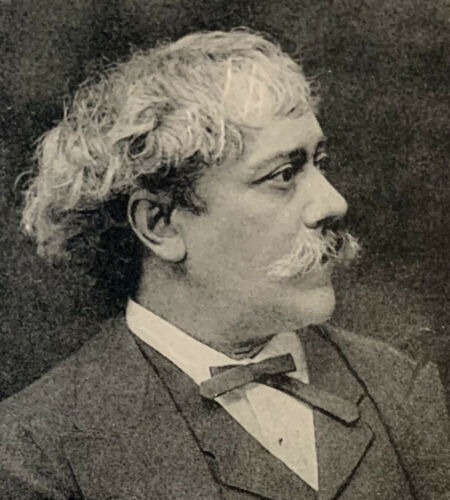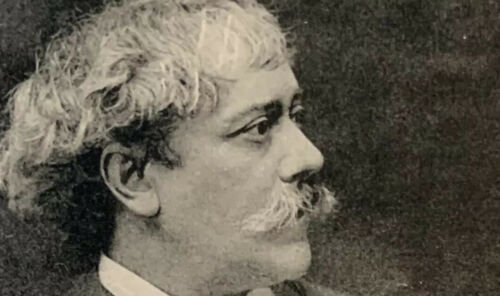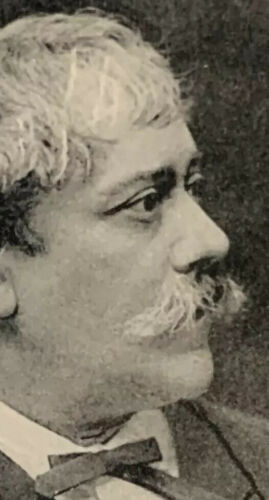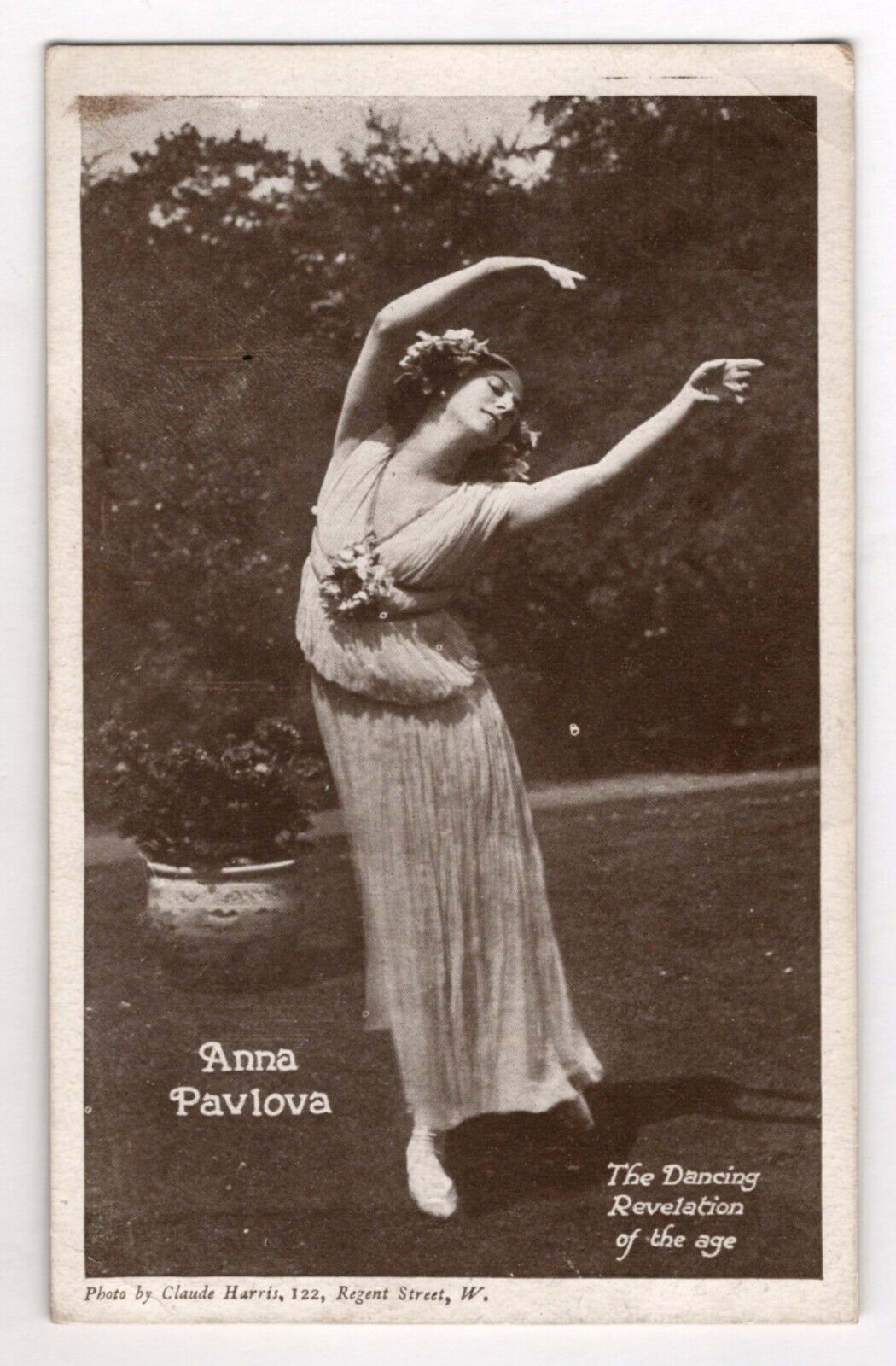-40%
Paulo Sarasate Spanish Violin Virtuoso, Composer, Conductor. Postcard Photo 1883
$ 40.12
- Description
- Size Guide
Description
PAULO SARASATE.Edit
Pablo Martín Melitón de Sarasate y Navascués 10 March 1844 – 20 September 1908), commonly known as Pablo de Sarasate, was a Spanish violin virtuoso, composer and conductor of the Romantic period. His best known works include Zigeunerweisen (Gypsy Airs), the Spanish Dances, and the Carmen Fantasy.
Sarasate was born in Pamplona, Navarre in 1844, the son of Don Miguel Sarasate, a local artillery bandmaster. Apparently, after seeing his father struggle with a passage for a long time, he picked up the violin and played it perfectly. He began studying the violin with his father at the age of five and later took lessons from a local teacher. His musical talent became evident early on and he appeared in his first public concert in A Coruña at the age of eight.
His performance was well-received, and caught the attention of a wealthy patron who provided the funding for Sarasate to study under Manuel Rodríguez Saez in Madrid, where he gained the favor of Queen Isabella II. Later, as his abilities developed, his parents decided to send him to study under Jean-Delphin Alard at the Paris Conservatoire at the age of twelve. Aboard the train en route to Paris, his mother (who accompanied him) died of a heart attack at the Spanish-French border, and Sarasate was found to be suffering from cholera. The Spanish consul in Bayonne took Sarasate to his home and nursed him back to health, then financed his trip to Paris.
There, Sarasate auditioned successfully for Alard, who arranged for him to live with his colleague Théodore de Lassabathie, administrator of the Conservatoire. At seventeen, Sarasate entered a competition for the Premier Prix and won his first prize, the Conservatoire's highest honor. (No other Spanish violinist achieved this until Manuel Quiroga did so in 1911; Quiroga was frequently compared to Sarasate throughout his career.)
Sarasate, who had been publicly performing since childhood, made his Paris debut as a concert violinist in 1860, and played in London the following year. Over the course of his career, he toured many parts of the world, performing in Europe, North America, and South America. His artistic pre-eminence was due principally to the purity of his tone, which was free from any tendency towards the sentimental or rhapsodic, and to that impressive facility of execution that made him a virtuoso. In his early career, Sarasate performed mainly opera fantasies, most notably the Carmen Fantasy, and various other pieces that he had composed. The popularity of Sarasate's Spanish flavour in his compositions is reflected in the work of his contemporaries. For example, the influences of Spanish music can be heard in such notable works as Édouard Lalo's Symphonie espagnole which was dedicated to Sarasate; Georges Bizet's Carmen; and Camille Saint-Saëns' Introduction and Rondo Capriccioso, written expressly for Sarasate and dedicated to him.




















